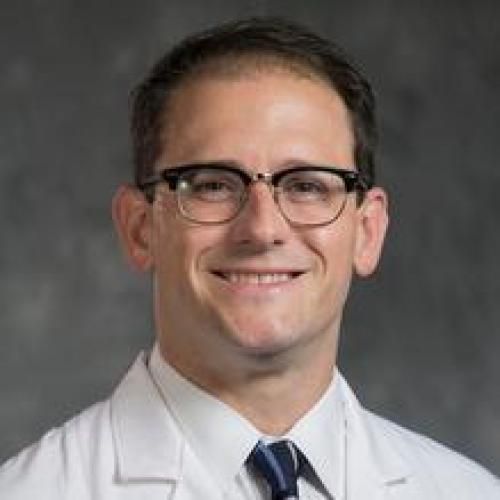
Enhanced osteogenic potential of mesenchymal stem cells from cortical bone: a comparative analysis.
INTRODUCTION: Mesenchymal stem cells (MSCs) hold great promise for regenerative therapies in the musculoskeletal system. Although MSCs from bone marrow (BM-MSCs) and adipose tissue (AD-MSCs) have been extensively characterized, there is still debate as to the ideal source of MSCs for tissue-engineering applications in bone repair. METHODS: MSCs were isolated from cortical bone fragments (CBF-MSCs) obtained from patients undergoing laminectomy, selected by fluorescence-activated cell sorting analysis, and tested for their potential to undergo mesodermic differentiation. CBF-MSCs were then compared with BM-MSCs and AD-MSCs for their colony-forming unit capability and osteogenic potential in both normoxia and hypoxia. After 2 and 4 weeks in inducing media, differentiation was assessed qualitatively and quantitatively by the evaluation of alkaline phosphatase (ALP) expression and mineral deposition (Von Kossa staining). Transcriptional activity of osteoblastogenesis-associated genes (Alp, RUNX2, Spp1, and Bglap) was also analyzed. RESULTS: The cortical fraction of the bone contains a subset of cells positive for MSC-associated markers and capable of tri-lineage differentiation. The hypoxic conditions were generally more effective in inducing osteogenesis for the three cell lines. However, at 2 and 4 weeks, greater calcium deposition and ALP expression were observed in both hypoxic and normoxic conditions in CBF-MSCs compared with AD- and BM-MSCs. These functional observations were further corroborated by gene expression analysis, which showed a significant upregulation of Bglap, Alp, and Spp1, with a 22.50 (±4.55)-, 46.56 (±7.4)-, 71.46 (±4.16)-fold increase compared with their uninduced counterparts. CONCLUSIONS: This novel population of MSCs retains a greater biosynthetic activity in vitro, which was found increased in hypoxic conditions. The present study demonstrates that quantitative differences between MSCs retrieved from bone marrow, adipose, and the cortical portion of the bone with respect to their osteogenic potential exist and suggests the cortical bone as suitable candidate to use for orthopedic tissue engineering and regenerative medicine.
Duke Scholars
Altmetric Attention Stats
Dimensions Citation Stats
Published In
DOI
EISSN
Publication Date
Volume
Start / End Page
Location
Related Subject Headings
- Osteogenesis
- Mesenchymal Stem Cells
- Humans
- Cells, Cultured
- Cell Shape
- Cell Proliferation
- Cell Hypoxia
- Cell Differentiation
- Alkaline Phosphatase
- 31 Biological sciences
Citation

Published In
DOI
EISSN
Publication Date
Volume
Start / End Page
Location
Related Subject Headings
- Osteogenesis
- Mesenchymal Stem Cells
- Humans
- Cells, Cultured
- Cell Shape
- Cell Proliferation
- Cell Hypoxia
- Cell Differentiation
- Alkaline Phosphatase
- 31 Biological sciences

